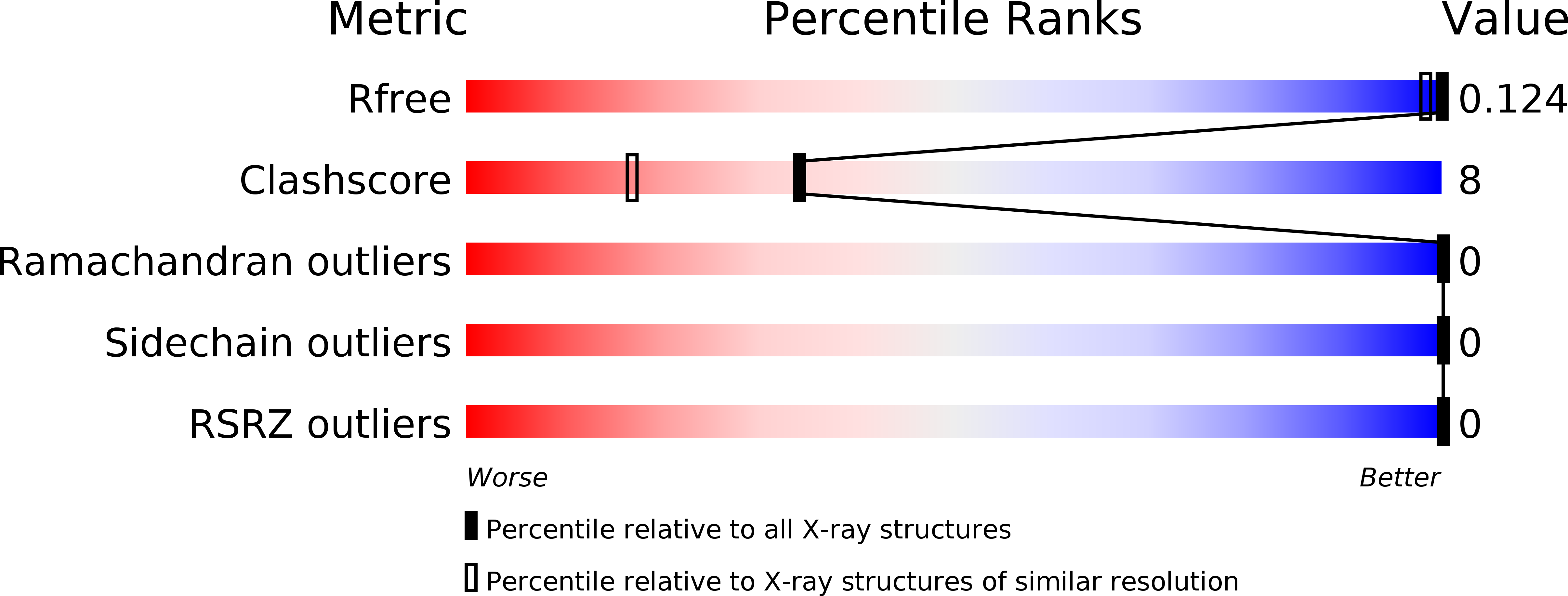
Deposition Date
2014-11-10
Release Date
2015-02-11
Last Version Date
2024-01-10
Entry Detail
PDB ID:
4WWB
Keywords:
Title:
High-resolution structure of the Ni-bound form of the Y135F mutant of C. metallidurans CnrXs
Biological Source:
Source Organism:
Ralstonia metallidurans (Taxon ID: 266264)
Host Organism:
Method Details:
Experimental Method:
Resolution:
1.11 Å
R-Value Free:
0.12
R-Value Work:
0.10
R-Value Observed:
0.10
Space Group:
P 41 21 2


